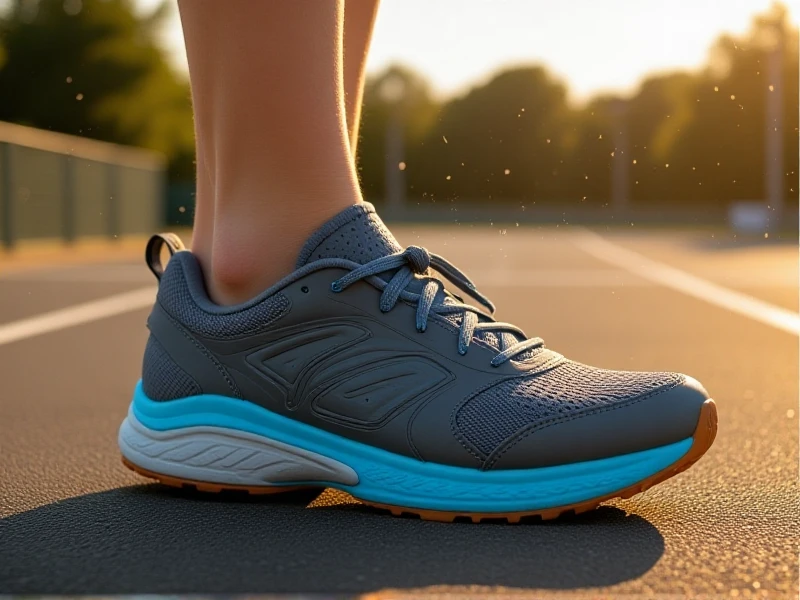
The Ultimate Guide to Choosing the Perfect Pair of Running Shoes
Running shoes are essential for every runner, whether you're easing into a new fitness routine or logging serious miles for a marathon. They're the foundation of your performance, helping you stay comfortable, prevent injuries, and enjoy the miles ahead. With countless options on the market, it can be overwhelming to pick the right pair. But by knowing what to look for, you'll find running shoes that fit like a second skin and support your journey.
First, understand the main types of running shoes. Neutral shoes are designed for runners with normal arches and a natural gait, offering balanced cushioning without added correction. If you have flat feet or tend to overpronate (where your foot rolls inward excessively), stability shoes provide extra support with firmer midsoles. Motion control shoes take this a step further for severe overpronators, preventing excessive movement. Minimalist shoes simulate a barefoot feel, ideal for those seeking natural ground contact. Consider your running surface too—road shoes prioritize cushioning on pavement, while trail running shoes feature rugged outsoles for outdoor adventures.
When selecting your ideal pair, think about key factors beyond just the category. Your foot arch and width matter most; narrow feet suit snugger models, while wider feet need roomier options to avoid blisters. Gait analysis at a specialty store can reveal if you pronate or supinate. Then try running shoes in-store in the afternoon, when your feet swell slightly from daily activity. Test them with your regular running socks and aim for about a thumb's width of space at the toe. Pay attention to cushioning levels—soft midsole foams absorb shock for long runs, while firmer ones boost energy return for speed workouts.
Investing in quality running shoes pays off in spades. They enhance comfort by reducing pressure points, which means fewer blisters and hotspots. More importantly, they help prevent common injuries like shin splints, knee pain, and plantar fasciitis by supporting proper biomechanics. Modern innovations, such as lightweight materials and breathable uppers, also help you run stronger and longer without that heavy, sweaty feeling. Rotate two pairs to extend their lifespan—you'll keep the cushioning fresh and ready for every workout.
Ultimately, the perfect running shoes empower you to run better. Start with these tips, listen to your body, and you'll hit your stride with confidence. Lace up those running shoes and log your next great run!